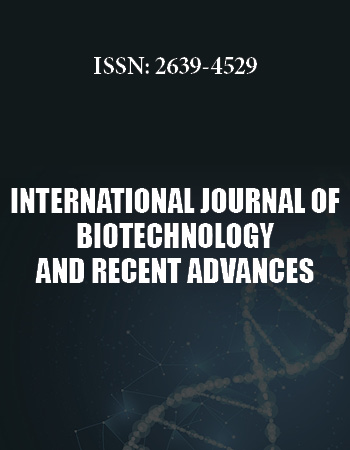European Microbiology Research Conference
December 3-4, 2018 Valencia, Spain
To Fetch Out Pathogenic Receptors for Human Plasminogen Protein Aiding in Pathogenesis
1CSIR Institute of Microbial Technology, India
2National Institutes of Pharmaceutical Education and Research, India
Many Eukaryotic and Prokaryotic pathogens build infection in mammals including humans by netting the Proteolytic enzyme Plasminogen (Plg) onto their surface to digest host extracellular matrix (ECM). Lots of multifunctional glycolytic enzymes like glyceraldehyde-3-phosphate dehydrogenase (GAPDH) and Enolase have been reported in literature which interacts with host Plasminogen. In a self-protective response, the host steeds an inflammatory reaction, leading to infiltration of leukocytes to sites of inflammation, Macrophage infiltration from blood in proteolytically dependent manner utilizing Plasminogen and pathogen receptors ultimately promoting metastasis of pathogens to other parts of host. So there is constant struggle between host and pathogen to win the race against each otherʼs survival. Utilizing a combination of biochemical, cellular, knockdown, and In-vivo approaches, we would be demonstrating the partner/receptors present on pathogens for human Plasminogen to aid in their pathogenicity and simultaneously combat by host Plasminogen mediated host defense. As it is widely reported that Glycolytic enzymes have myriad of functions even in hosts as well as pathogens, we would try to explain the mechanism behind the host Plasminogen mediated Pathogenic aggression into host. Pathogen used in this study is Staphyloccocus aureus, Microcoocus luteus, Candida glabrata, Candida lusitaniae. We would be utilizing Solid Phase Binding ELISA, Pull Down Assay, HPG overlay assay, FACS, Confocal Microscopy to confirm interaction between Lab purified Human-Plasminogen; SDS-PAGE, LC-MS, MS/MS, to characterize the putative binding partner and finally cloning, Expression, Solid phase Binding assay, Surface Plasmon Resonance, to validate interaction between purified HPG and purified pathogenic receptor protein and finally Isothermal Colorimetry, Analytical Ultra Centrifugation for Stoichiometry judgment and lastly Side directed mutagenesis (Lysine mutants) as Plasminogen is known to interact with lysine residues of receptor molecules, cross linking trials, SAXS would be helping in throwing light on the interacting amino acid residues between two proteins. This whole study would be extremely helpful in alienating drug candidates against the pathogenic receptor protein to inhibit the pathogenesis via plasminogen interaction.
Biography:
Rahul Dilawari is pursuing his PhD dissertation under the supervision of Dr. Manoj Raje in a Cell Biology at the Institute of Microbial Technology (CSIR), Chandigarh. Our groupʼs research focus is primarily in the area of protein trafficking and protein-protein interaction. He possesses research experience of Molecular Biology, Microbiological, Bioinformatics tools, and recombinant DNA techniques for 4 years and 8 months, post Masterʼs degree before joining PhD in 2016. He has trained in PCR, Gene Cloning, heterologous protein expression, and Purification and Characterization techniques. This Conference exposure and interaction with some of the leading scientists of the field in India and abroad will assist & guide to develop and cement his skills in this area which would be useful for his long term goals of a future career in research.


